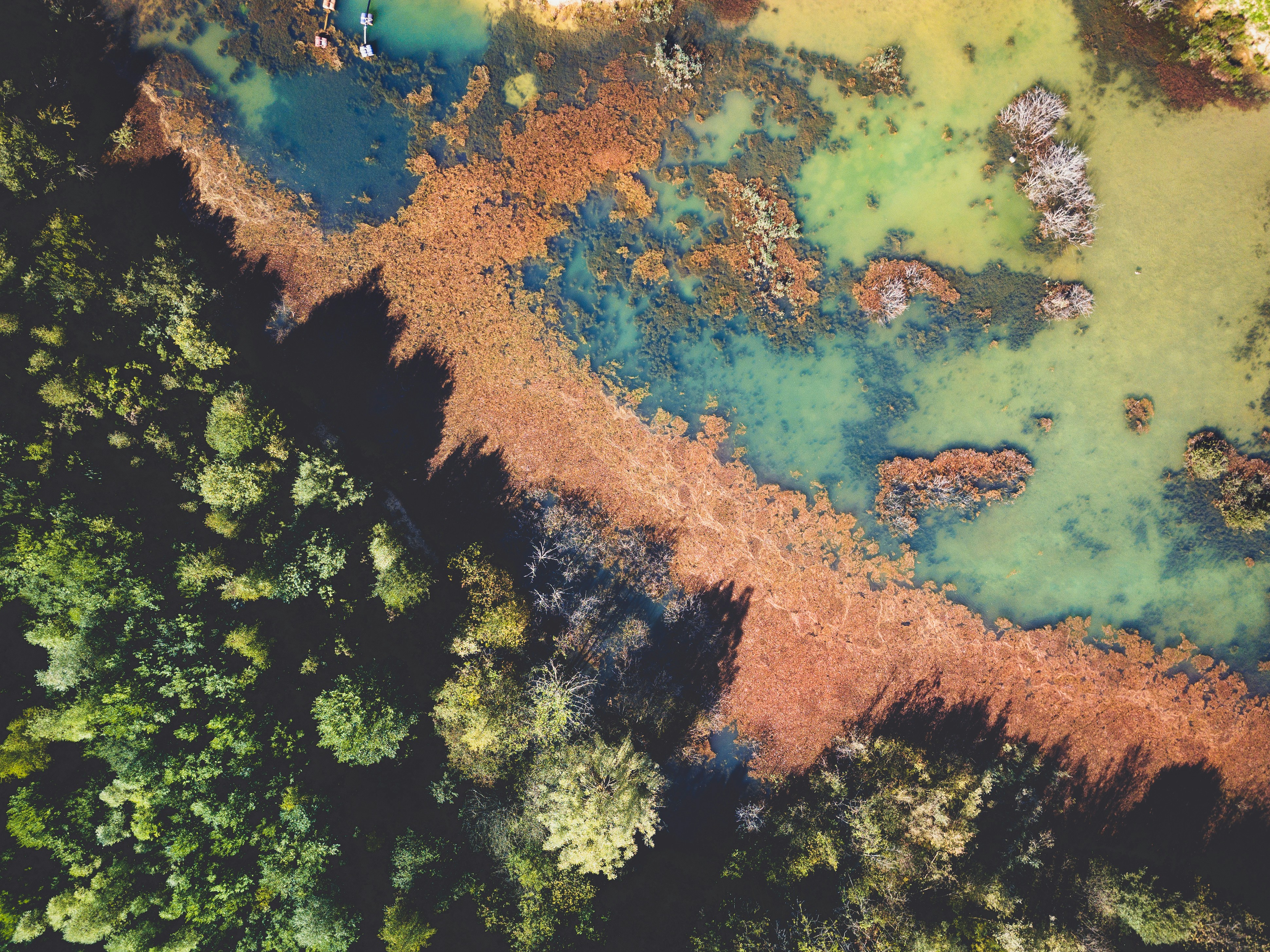Understanding the Environmental Aftermath of Hurricanes
Hurricanes are not just human tragedies; they are also catastrophic events for wildlife and ecosystems. The sheer power of these natural disasters can cause widespread devastation, impacting habitats, food sources, and entire ecosystems. Florida, a state frequently in the path of hurricanes, serves as a case study in understanding these impacts and exploring mitigation strategies.
Immediate Impact on Wildlife
In the immediate aftermath of a hurricane, the most apparent effect is often the destruction of habitats. Coastal areas, which are rich in biodiversity, suffer the most. For example, mangroves and coral reefs, which serve as crucial habitats for various species, can be significantly damaged by high winds and storm surges.
Birds, particularly those in nesting seasons, may lose their nests and young ones to the storm’s fury. Similarly, terrestrial animals may face flooding, forcing them to relocate, often leading to conflicts with human populations. For instance, the displacement of species such as alligators and snakes has been noted to increase post-hurricane, posing risks to both wildlife and people.
Water Quality and Marine Life
Hurricanes often lead to significant changes in water quality. The influx of saltwater from storm surges can affect freshwater ecosystems, leading to the death of freshwater species. Additionally, pollutants washed into the water from urban and agricultural areas can cause algal blooms, which deplete oxygen and result in fish kills.
Long-Term Ecological Effects
While the immediate impacts are severe, the long-term effects on ecosystems can be equally devastating. Changes in habitat structure, loss of food sources, and altered migration patterns can lead to long-term declines in wildlife populations.
Forest Ecosystems and Recovery
Forests are particularly vulnerable to hurricanes. Trees can be uprooted or damaged, leading to a loss of canopy cover. This not only affects the plants but also the animals that depend on the forest structure for shelter and food.
However, forests have a remarkable ability to recover. New growth often emerges quickly, creating a diverse age structure that can benefit various species. The role of forest management practices becomes crucial in aiding this natural recovery process.
Coastal Ecosystems and Resilience
Coastal ecosystems like salt marshes, mangroves, and coral reefs often act as natural barriers against storm surges. When these ecosystems are healthy, they can absorb much of the storm’s energy, protecting inland areas. However, when degraded, their protective capabilities are compromised. Efforts to restore these ecosystems are critical for enhancing coastal resilience.
Mitigation and Adaptation Strategies
To mitigate the impacts of hurricanes on wildlife and ecosystems, a multifaceted approach is necessary. Conservation organizations, governmental agencies, and local communities must collaborate to implement effective strategies.
Restoration Projects
One of the most effective ways to mitigate hurricane impacts is through ecosystem restoration projects. Restoring wetlands, replanting mangroves, and rehabilitating coral reefs can significantly enhance the resilience of these ecosystems. Such efforts not only protect wildlife but also provide natural storm defenses for human communities.
For example, the NOAA’s Coral Reef Restoration Program works to restore and protect coral reefs that have been damaged by hurricanes.
Wildlife Rescue and Rehabilitation
In the aftermath of hurricanes, wildlife rescue and rehabilitation efforts are vital. Organizations like HelpNow play a critical role in rescuing displaced animals, providing medical care, and ensuring their safe return to the wild. Public education on wildlife safety post-hurricane is also essential to prevent human-wildlife conflicts.
Conclusion
The impact of hurricanes on wildlife and ecosystems is a pressing issue that requires immediate attention and long-term strategies. By understanding these impacts and working towards effective mitigation and adaptation, we can help ensure the resilience and health of our natural world. For more information on how you can get involved in supporting these efforts, visit our website or check out our blog for the latest updates and volunteer opportunities.

